Classic Car Parts Hunting: Tips for Savvy Collectors
UNDERSTAND YOUR CLASSIC CAR PROJECT
Before embarking on your classic car parts hunting adventure, it's crucial to know your vehicle inside and out. Understanding the make, model, and year of your classic car is the foundation of your journey. Each classic car is unique, and having this knowledge will guide you in your search for the right parts. For instance, a '67 Ford Mustang may require different components than a '69 Chevy Camaro. So, start by researching your classic car thoroughly, and this will be your first step towards successful classic car parts hunting.
RESEARCH AND NETWORKING
Once you're well-acquainted with your classic car, it's time to tap into the power of research and networking. The internet is a treasure trove of information for classic car enthusiasts. There are numerous online resources, forums, and communities dedicated to classic cars and classic car parts. Dive into these platforms to gain valuable insights and connect with fellow collectors. Share your project details, ask questions, and seek advice - you'll be amazed at how supportive and knowledgeable the classic car community can be. Furthermore, consider joining local car clubs and attending collector gatherings. These events can be goldmines for networking opportunities and finding rare parts.
IDENTIFYING GENUINE PARTS
In the realm of classic car restoration, authenticity is paramount. The key to preserving the historical accuracy and value of your classic car lies in your ability to identify genuine classic car parts. This is particularly important as the market is rife with counterfeit and low-quality components that can compromise the integrity of your restoration project. Here are some essential details on how to spot genuine classic car parts:
1. Part Numbers and Markings:
Genuine classic car parts often come with unique part numbers and manufacturer markings. These numbers and markings are essential clues to their authenticity. They are typically engraved, stamped, or cast onto the parts themselves. Pay close attention to these identifiers when inspecting a part, as they serve as a clear indication of its origin and legitimacy.
2. Manufacturer Certifications:
Reputable manufacturers of classic car parts often provide certifications or authenticity guarantees with their products. These certifications offer added peace of mind to collectors, assuring them that the parts they are purchasing meet specific quality and authenticity standards. Be sure to inquire about such certifications when making your purchase.
3. Material and Quality:
Authentic classic car parts are typically crafted from materials consistent with the era in which the car was originally manufactured. Manufacturers go to great lengths to ensure that the materials used in their parts match the specifications of the originals. Pay attention to the material composition and quality of the parts you're considering. Any deviations from the expected materials may indicate that the part is not genuine.
4. Documentation and History:
When possible, inquire about the history and documentation of the classic car parts you're interested in. Documentation, such as receipts, invoices, or provenance records, can provide valuable insights into the part's origin and authenticity. If a part comes with a documented history of use in a specific classic car model, it adds credibility to its authenticity.
5. Expert Opinion:
If you're uncertain about the authenticity of a particular part, don't hesitate to seek the opinion of experts in the field. Experienced classic car enthusiasts, restorers, or appraisers can often provide valuable insights into the legitimacy of a part. Sharing detailed photos and descriptions with experts can help you make an informed decision.
6. Compare with Original Parts:
If you have access to original, unaltered parts from your classic car, use them as a reference point when evaluating potential replacements. Comparing the suspected part with an original can reveal differences in design, finish, or materials that may suggest the replacement is not genuine.
By diligently considering these factors and conducting thorough research, you can significantly increase your chances of identifying and acquiring genuine classic car parts. The pursuit of authenticity not only enhances the value of your classic car but also ensures that you are preserving its historical significance for future generations of enthusiasts.
SOURCING CLASSIC CAR PARTS
With a clear understanding of your classic car and the ability to identify genuine parts, it's time to explore various sources for classic car parts. There are several options available, each with its own set of advantages and disadvantages. Specialty stores and dealerships are excellent choices for finding authentic components. They offer a curated selection of parts specifically designed for classic cars. Online marketplaces and auctions provide a vast inventory of classic car parts, but it's essential to exercise caution and verify the seller's credibility. Salvage yards and junkyards can be treasure troves for rare parts, but they require more effort in terms of searching and potentially restoring the components. When negotiating prices, use your knowledge and research to your advantage to secure the best deals.
RESTORING VS. REPRODUCING
In the world of classic car restoration, you'll often come across the choice between restoring original parts and using reproductions. Each approach has its merits, and the decision should be based on the condition of the parts you have and your restoration goals. Restoring original parts maintains the authenticity and value of your classic car. However, it may require more time and effort. Using reproductions can be a quicker and more convenient option, especially if the original parts are beyond repair. Ultimately, your choice should align with your vision for the classic car project.
TOOLS AND EQUIPMENT
To embark on your classic car parts hunting journey, you'll need the right tools and equipment. Having the necessary tools at your disposal will make the process smoother and more efficient. Common tools include wrenches, socket sets, pliers, and screwdrivers. You'll also need specialized equipment for tasks like sanding, welding, and painting. Make sure you're familiar with how to use these tools safely and effectively. A well-equipped workspace can significantly impact the quality of your restoration project.
BUDGETING AND FINANCE
Restoring a classic car can be an expensive endeavor, and managing your budget is crucial. Establish a budget for your classic car parts project to avoid overspending. Take into account the cost of parts, tools, equipment, and any professional services you may need. Be prepared for unexpected expenses that may arise during the restoration process. To save money, consider cost-saving strategies like buying parts in bundles, negotiating prices, or exploring alternative sources for components. A well-managed budget ensures that your classic car restoration remains enjoyable and financially sustainable.
STORING AND ORGANIZING
Once you've acquired your classic car parts, it's essential to store and organize them properly. Proper storage ensures that your parts remain in good condition and are readily accessible when needed. Consider investing in storage solutions like shelves, bins, and cabinets to keep your parts organized. Label each part clearly, and catalog your inventory to avoid confusion during the restoration process. A well-organized workspace can save you time and frustration as you work on your classic car.
CONCLUSION
In the world of classic cars, the hunt for authentic classic car parts is a thrilling adventure. By understanding your classic car, conducting thorough research, and tapping into the power of networking, you can become a savvy collector. Identifying genuine parts is crucial, and this is where LR Classics, LLC in Maricopa, AZ, stands out as your best service provider. You can reach them at (520) 494-2745. Their expertise and commitment to authenticity make them a top choice for collectors. Sourcing components from various outlets, and making informed choices between restoration and reproduction are all essential steps in your journey. Equipping yourself with the right tools and managing your budget will ensure a successful restoration project. Finally, proper storage and organization will keep your classic car parts in top condition. As you embark on your classic car parts hunting journey, remember that patience, knowledge, and passion are your best allies in the world of classic car restoration. Happy hunting, and may your classic car project, with the assistance of LR Classics, LLC, be a resounding success!
FREQUENTLY ASKED QUESTIONS (FAQS)
HOW DO I DETERMINE WHICH CLASSIC CAR PARTS I NEED FOR MY RESTORATION PROJECT?
Start by researching your classic car's make, model, and year. This will help you create a comprehensive list of required parts. Consult online forums and communities or seek advice from experienced collectors if you're unsure.
ARE REPRODUCTIONS OF CLASSIC CAR PARTS AS GOOD AS AUTHENTIC ONES?
Reproductions can be a suitable option, especially if the original parts are rare or in poor condition. However, for collectors who prioritize authenticity and value preservation, restoring original parts is often preferred.
WHAT ARE SOME RED FLAGS TO WATCH OUT FOR WHEN BUYING CLASSIC CAR PARTS ONLINE?
Be cautious of sellers with limited or vague product descriptions, blurry photos, or prices that seem too good to be true. Always verify the seller's reputation, check for return policies, and ask for additional photos or details if needed.
HOW CAN I PREVENT CLASSIC CAR PARTS FROM DETERIORATING WHILE IN STORAGE?
To prevent deterioration, store your parts in a dry, climate-controlled environment away from direct sunlight. Use proper packaging or covers to shield them from dust and moisture. Regularly inspect and maintain stored parts to ensure their longevity.
WHAT ARE SOME COST-SAVING STRATEGIES FOR CLASSIC CAR PARTS HUNTING?
Consider buying parts in bundles or as a complete set if available. Negotiate prices with sellers, especially at swap meets or salvage yards. Explore alternative sources like local classified ads or online marketplaces for potentially better deals. Additionally, joining a car club may grant access to group discounts on parts.
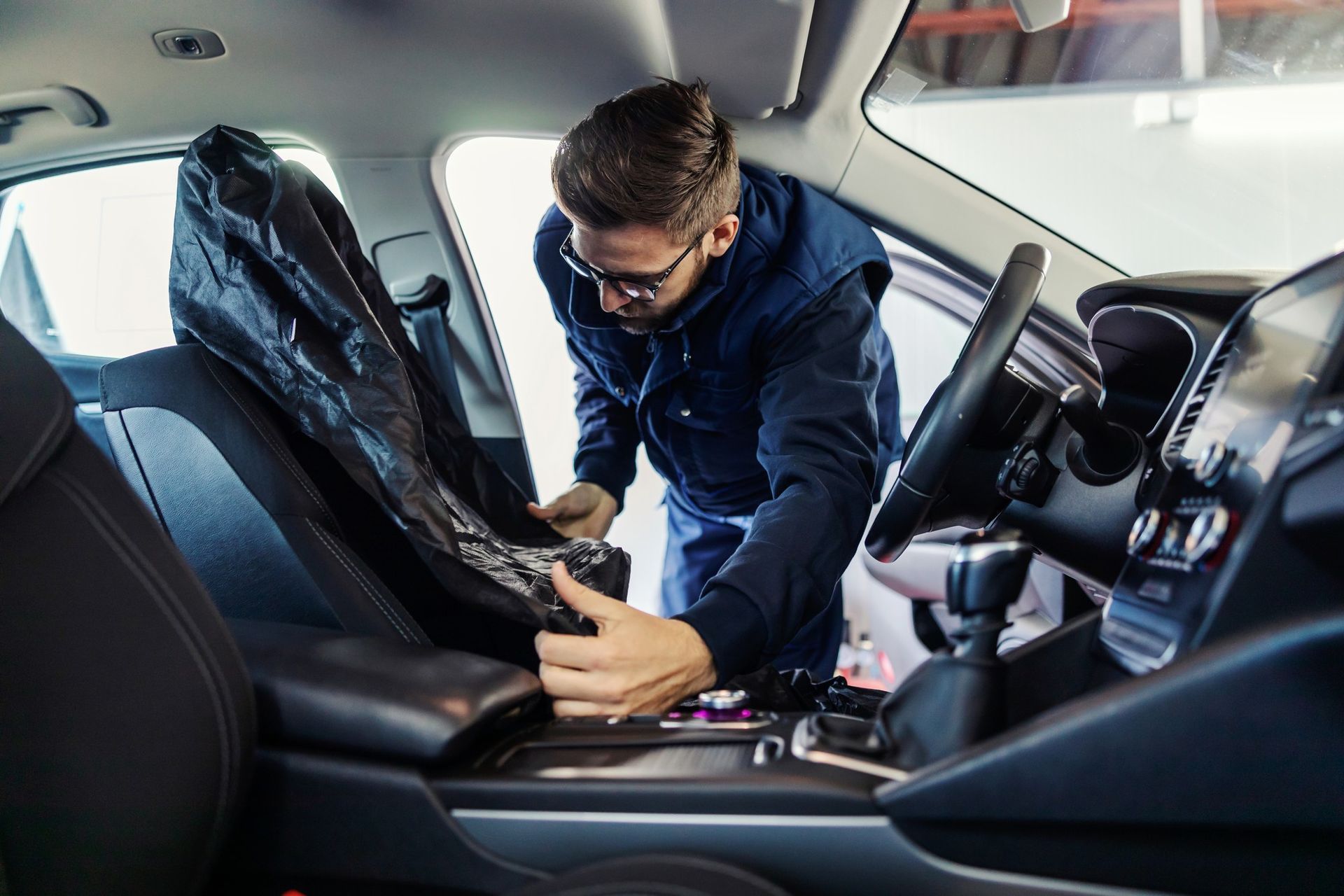
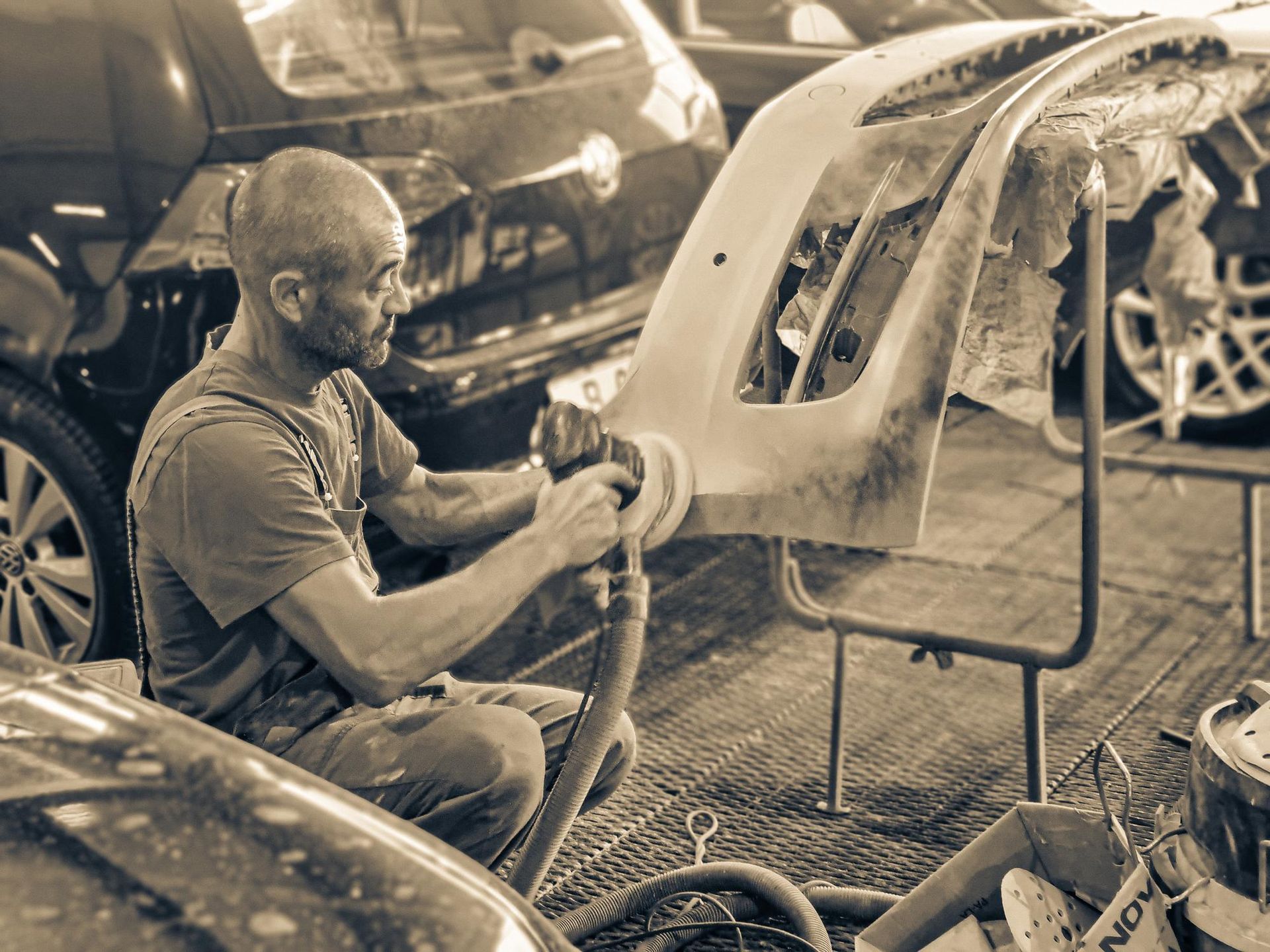
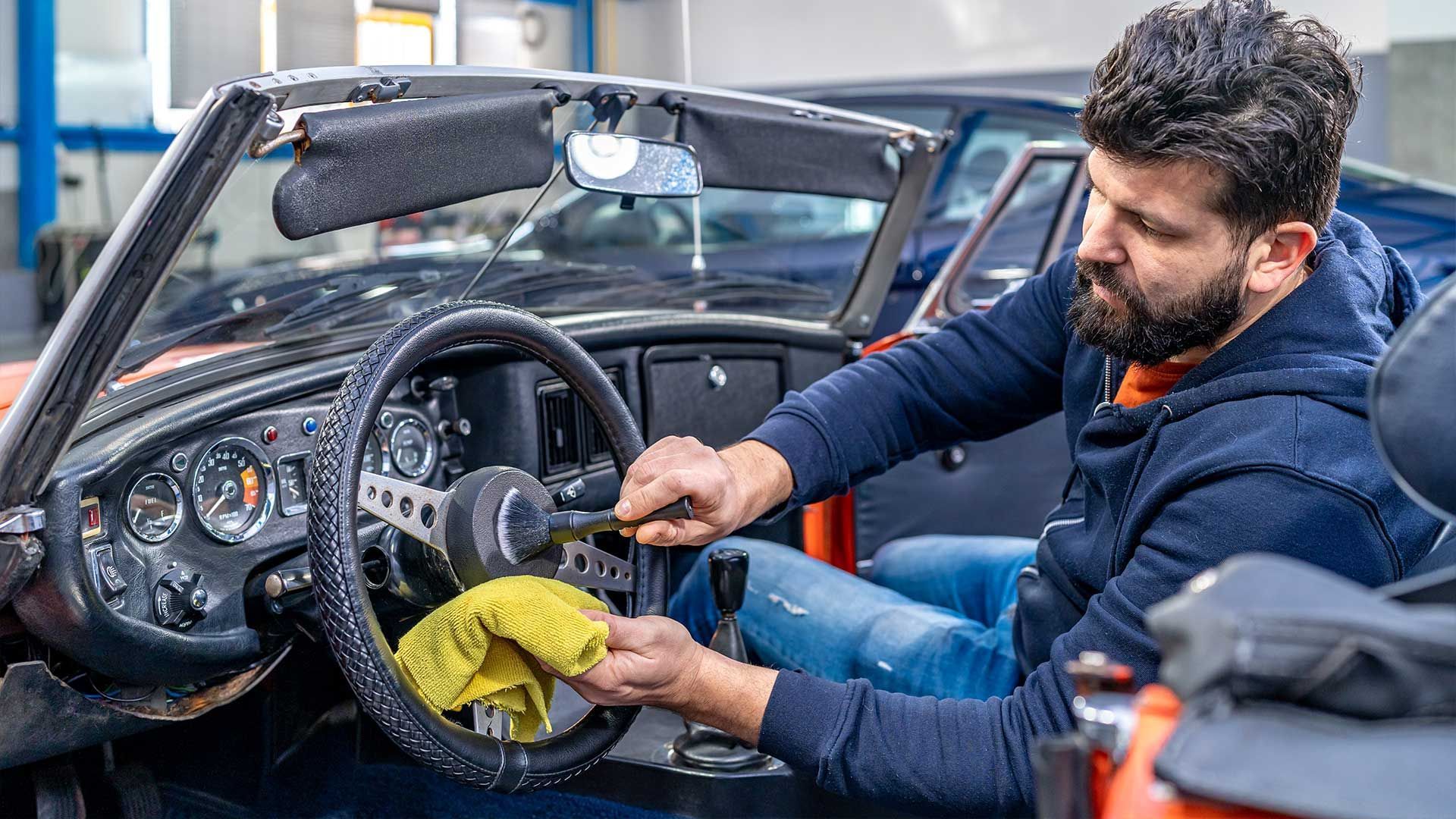
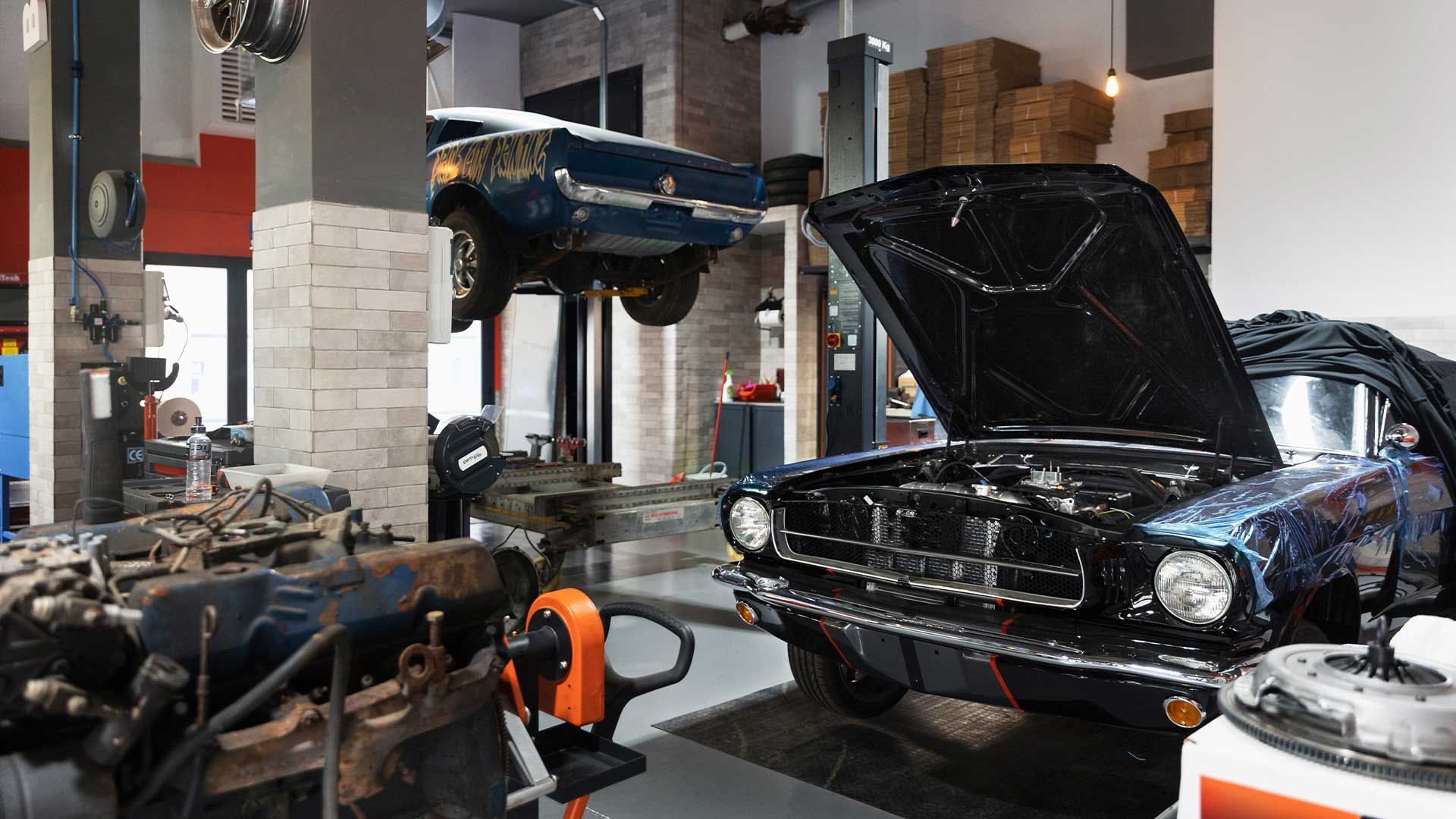
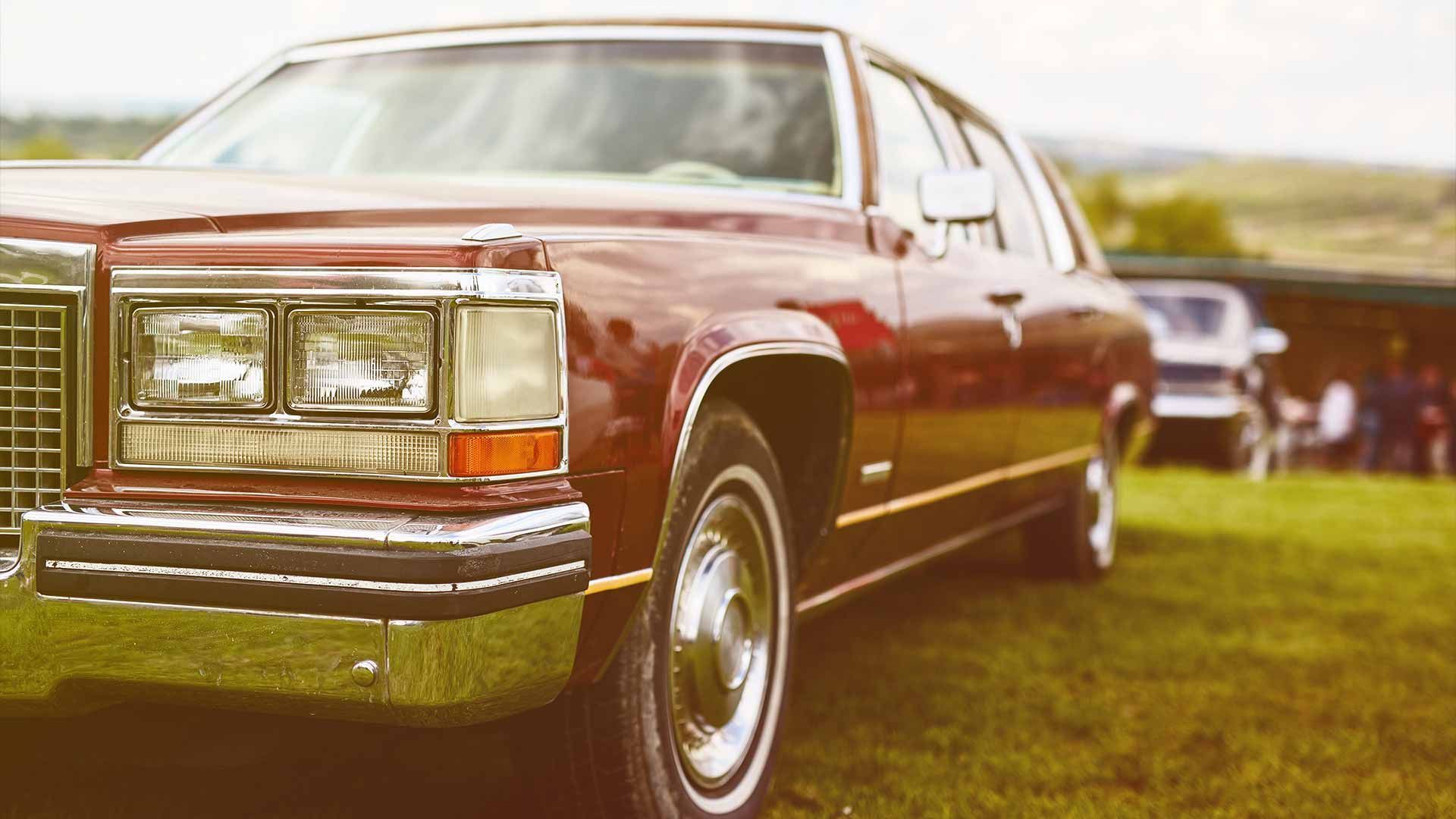
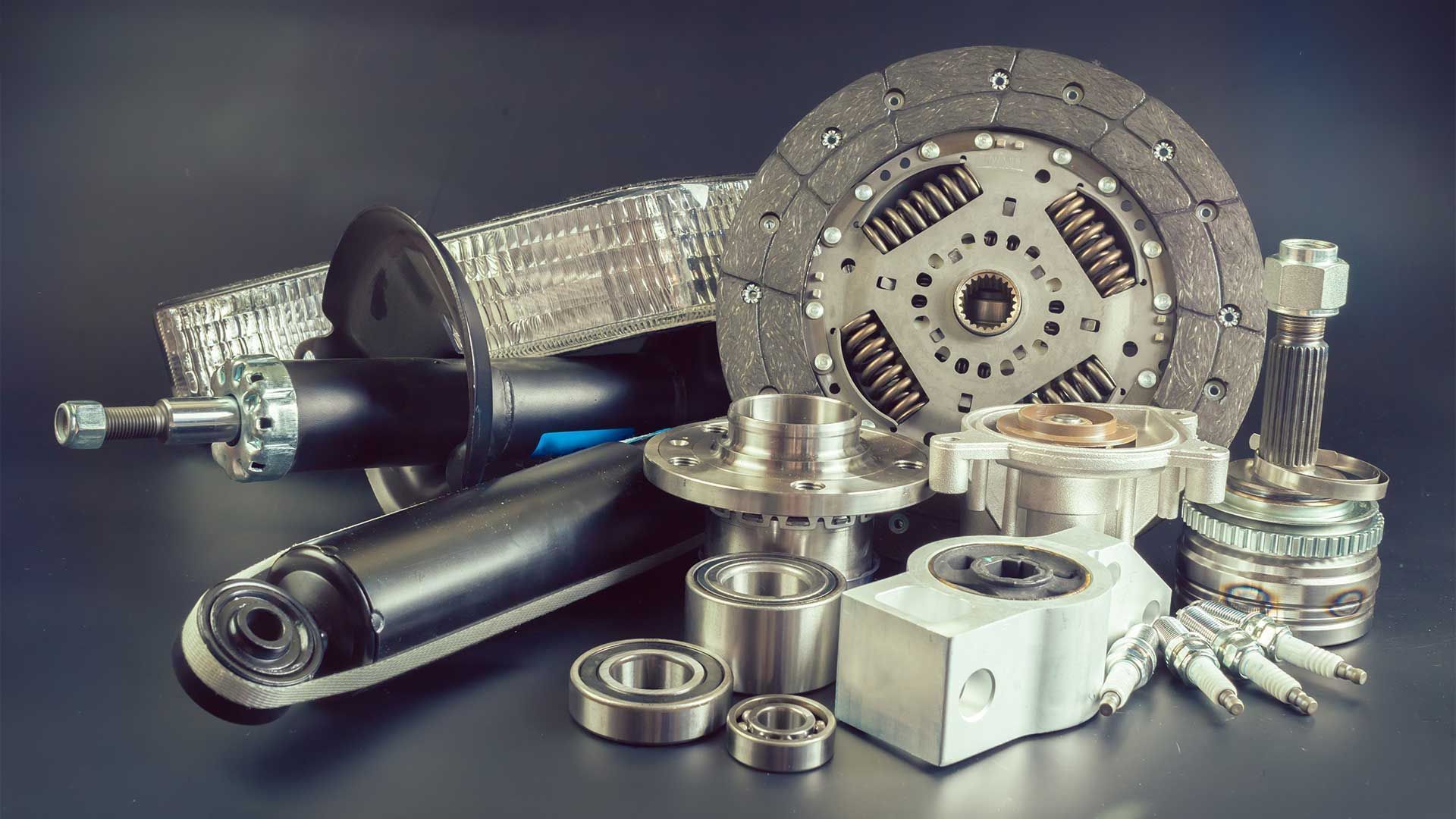


Contact Us
Opening Hours
- Mon - Fri
- -
- Sat - Sun
- Closed
All Rights Reserved | LR Classics